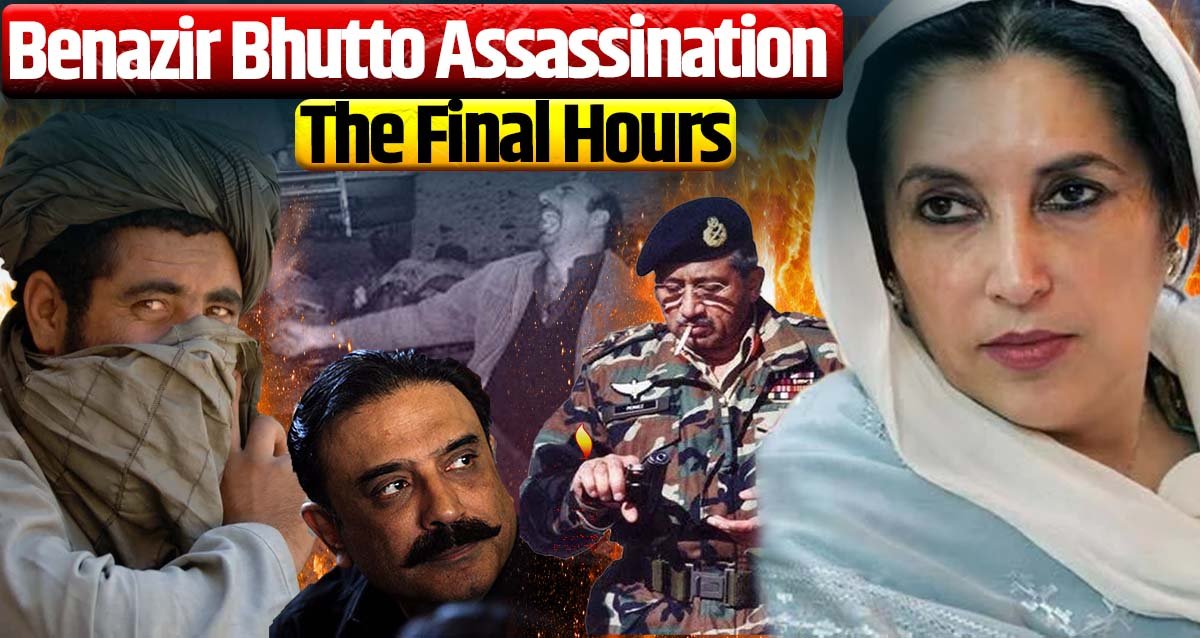Benazir Bhutto assassination: the plot was set in motion on the night of December 26–27, 2007, when a Taliban handler named Nasrallah arrived in Rawalpindi shortly after midnight. He brought with him two fifteen-year-old boys, Bilal and Ikramullah. During their training they were taught that before carrying out a suicide bombing they must perform a full ritual bath (ghusl), because this bath would ensure they enter paradise after death.
The Moment Before the Attack
On December 27, 2007, at around 1:00 a.m., the Director General of Pakistan’s main intelligence agency, the Inter-Services Intelligence (ISI), Lieutenant General Nadeem Taj, went to see Benazir Bhutto. He warned her that terrorists had fully planned to kill her with a suicide bomber at the Liaqat Bagh rally in Rawalpindi the next day. General Taj was so confident in his information that he came to her house in Islamabad to deliver the warning in person. He told Benazir that the suicide bomber might target her before the rally, during the rally, or afterwards. Benazir suspected he might be trying to stop her from holding the rally, so she asked why, if he had intelligence, he did not arrest the suspected suicide bombers. General Taj replied that this was impossible because arresting them would expose his intelligence sources.
Benazir Bhutto insisted, “It is the responsibility of the state to provide me with security. Please strengthen the security arrangements and make sure that I am completely safe — not only me, but also the people attending the rally.” General Taj assured her that he would do his best to ensure that.
While this meeting between Benazir Bhutto and General Nadeem Taj was taking place at the Zardari House in Islamabad, her assassins were finalizing their preparations in the nearby city of Rawalpindi.
When the Assassins Take Their Positions
As the two teenage boys, Bilal and Ikramullah, were being prepared for the suicide attack on Benazir Bhutto, two other handlers — Hasnain Gul and Rafaqat Hussain — visited Liaquat Bagh in Rawalpindi, where the Pakistan Peoples Party (PPP) rally was scheduled to take place. Their purpose was to check if anything could disrupt their plan. Police were installing metal detectors at all three entrances of the park, but since the attackers intended to strike right after Benazir exited the venue, the security measures did not affect their plan. Satisfied with the situation, they were confident they could carry out their mission.
The October 12, 1999 Military Coup: Nawaz Sharif vs. Pervez Musharraf’s Battle for Pakistan
The two handlers returned and handed a pistol to Bilal and a hand grenade to Ikramullah. As soon as Bilal put on his suicide jacket, he removed his shawl and cap, leaving them at the house of his handler, Hasnain Gul.
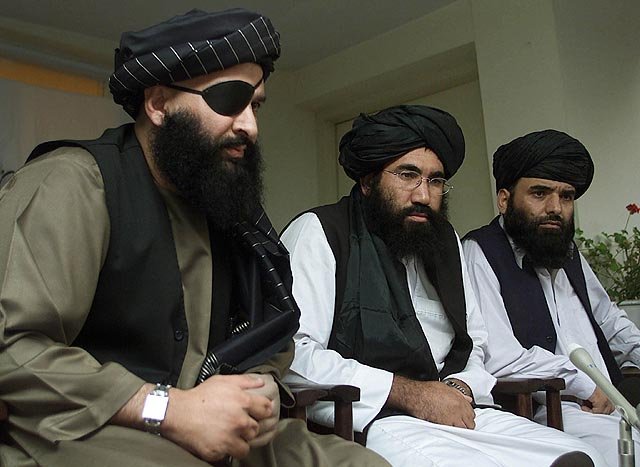
Hasnain then advised Bilal not to wear his training shoes, fearing that the security personnel might become suspicious if they noticed the typical shoes used during militant training. Following his advice, Bilal wore sandals instead and left the training shoes behind. After offering prayers and reciting a few supplications, Hasnain Gul took Bilal to the exit gate of Liaquat Bagh where they believed Benazir Bhutto would leave after her rally. Meanwhile, the second handler, Rafaqat, guided the other attacker, Ikramullah, to a different gate in case Benazir exited from another route.
Benazir’s Final Morning
Meanwhile, at Zardari House in Islamabad, shortly after waking up in the morning, Benazir Bhutto called her family in Dubai. Her son Bilawal noticed the change in her voice and said, “Your voice sounds rough, you should drink some lemon and honey for it.” After that, she spoke to her husband, Asif Zardari.
Zardari urged her, “Please don’t go outside today.”
Benazir replied calmly, “You know, there are some things I have to do.”
That was the last time she spoke to either of them.
Later, Benazir went to the Serena Hotel in Islamabad to meet Afghan President Hamid Karzai. It has often been reported that Karzai warned her about an imminent attack, but according to Karzai himself, he only spoke about the general threats and dangers she was facing. Around noon, Benazir’s convoy departed for Rawalpindi. She reached Liaquat Bagh, where she was escorted to the stage. In front of her stood a crowd of nearly 10,000 people, and she addressed them for about half an hour.
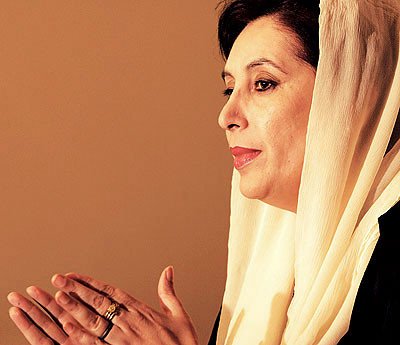
During her speech, Benazir Bhutto proudly referred to herself twice as “Zulfikar’s daughter” and mentioned her father’s name at least seventeen times. She reminded the crowd that Zulfikar Ali Bhutto had led a great struggle against military dictators. By founding the Pakistan Peoples Party (PPP), he had placed his trust in the people of Pakistan, which empowered him to make the country a nuclear power and to turn it into a proud nation. Despite all his achievements, she said, he was unjustly executed.
At this point, the crowd erupted with slogans:
“Jeay Bhutto!”
“Benazir Zindabad!”
“Benazir — Prime Minister!”
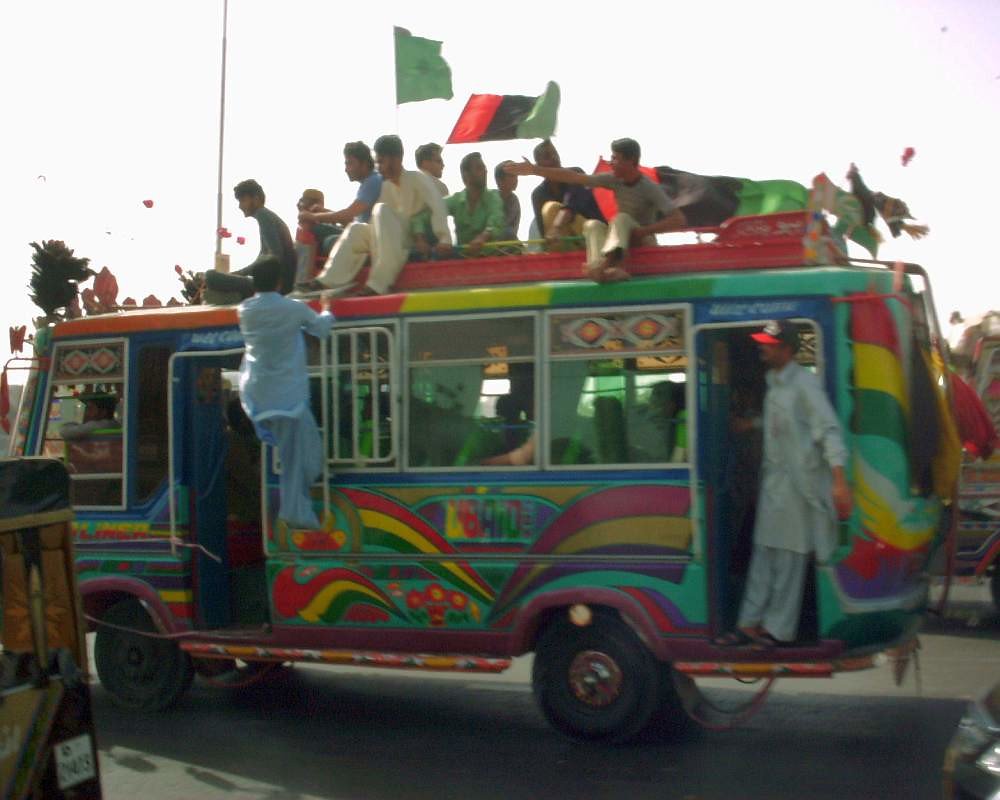
Benazir Greets the Crowd One Last Time
When her speech ended, Benazir Bhutto got into her bulletproof Toyota vehicle. As usual, her supporters surrounded the car, cheering and waving. When the vehicle moved out of the park onto the main road, it slowed down due to the large crowd of PPP supporters gathered around it.
It was the same gate where, just a few seconds later, Benazir Bhutto’s fate was about to meet its tragic turn — the very spot where the Taliban handler had positioned Bilal, the young attacker.
Two of Benazir’s bodyguards climbed onto the rear bumper of her vehicle, while the others surrounded the car from the front and sides to protect her.
Seeing the enthusiasm and excitement of her supporters, Benazir turned to her aide Naheed Khan and said, “I should stand up.” Then she rose from the back seat of her vehicle and lifted herself through the emergency hatch on the roof.
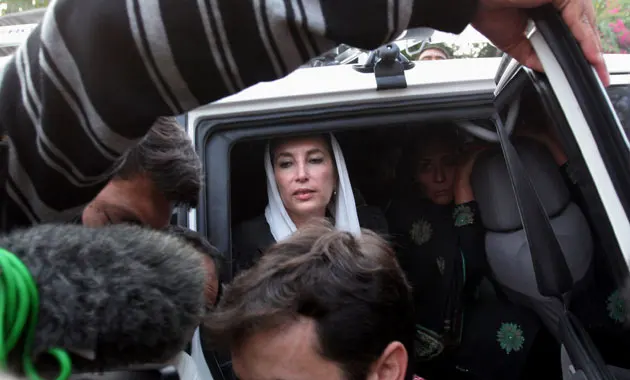
Her head and shoulders were now visible above the roof of the vehicle. The time was around 5:10 in the evening.
The Fatal Moment
On the other side, after waiting the entire day, Bilal — the young attacker — realized his moment had come. He moved first toward the front of the vehicle and then to the side where there were fewer people. Pulling out a pistol, he aimed toward Benazir Bhutto. One of her bodyguards tried to grab him, and though his hand brushed the attacker’s arm, he was just out of reach. Within a split second, three shots were fired. As the second shot rang out, Benazir’s scarf slipped from her head, and after the third, she fell back into the vehicle through the roof hatch. Immediately after, the attacker detonated himself, and chaos spread all around.
Benazir’s close aide, Naheed Khan, later recalled,
“She was in my lap, and she was bleeding. My hands and my clothes were completely soaked in blood.”
Naheed’s husband, Dr. Safdar Abbasi, who was also in the vehicle, said,
“I tried to check her pulse, but it was very difficult to find it. We knew we had to take her to the hospital immediately. By that time, our jeep was completely alone — there was no police escort or backup car with us.”
When the Injured Benazir Was Left Without Her Security Team
There was indeed no backup car with Benazir Bhutto’s vehicle because her chief of security, Rehman Malik, had already left the scene in the backup car. Later, he gave several different and rather surprising statements about his actions during those critical moments.
Immediately after the explosion, in a television interview, he said that his car had been only four feet away from Benazir’s vehicle when the attacker blew himself up. He claimed that afterward, he personally drove Benazir’s car to the hospital and stayed there. However, in another interview shortly after, he gave a different version, saying that his vehicle had been ahead of Benazir’s convoy, and as soon as the blast occurred, he sped away, fearing another possible attack. Initially, Benazir’s car was following behind, but after a short distance, he noticed it was no longer there — so he made a U-turn and returned to the site.
Owen Bennett-Jones, in his book The Bhutto Dynasty, writes that both versions of Rehman Malik’s story — along with other accounts he gave later — were completely inaccurate. In reality, Rehman Malik, along with several others, left the scene in Benazir Bhutto’s backup vehicle and drove toward Islamabad. A decade later, when asked why he did so, Rehman Malik explained that he was following police instructions.
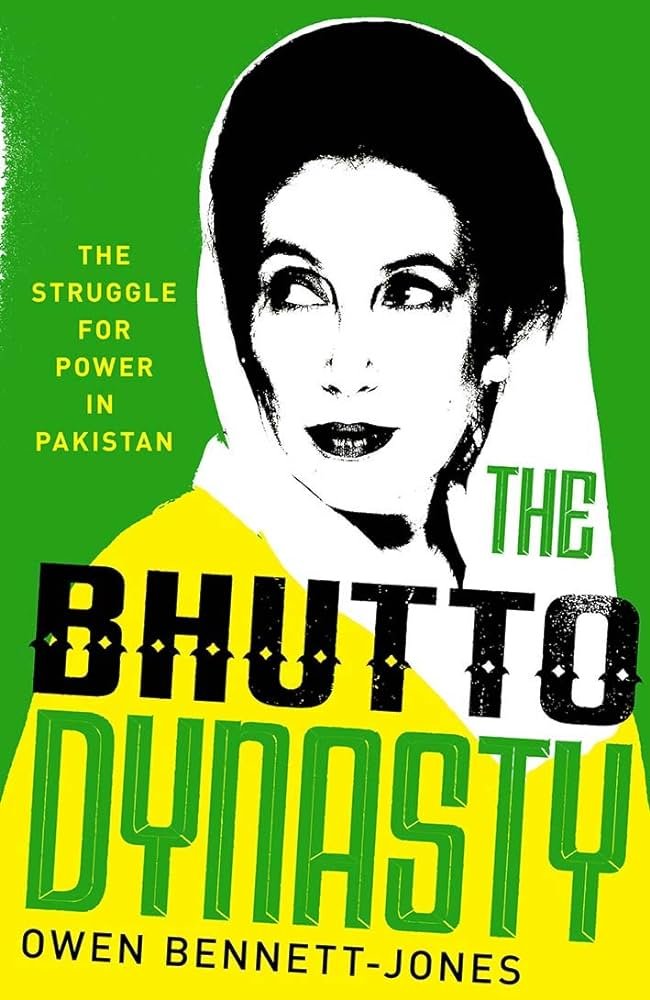
Another person who was also in the backup car was Farhatullah Babar, Benazir’s long-time and loyal spokesperson. He later gave a similar statement but admitted that allowing himself to leave the scene that day was the greatest regret of his life.
In this chaotic and terrifying situation, after some of her close aides had left, Benazir’s secretary Naheed Khan, her husband Dr. Safdar Abbasi, and the driver Javed Rehman were left to handle the crisis on their own. The explosion had damaged the tires of the Toyota, and as it tried to move forward on its metal rims, it quickly came to a stop. In desperation, Naheed Khan and Dr. Abbasi even tried to find a taxi to take Benazir to the hospital, but the police were nowhere to be seen.
Benazir Bhutto Assassination: When Doctors Fight to Save Benazir Bhutto
After two or three minutes, another jeep arrived, and Benazir Bhutto was transferred into that vehicle — it belonged to her spokesperson Sherry Rehman. Records later showed that they reached the Rawalpindi General Hospital about twenty-five minutes after the attack.
Benazir Bhutto was placed on a stretcher in the hospital parking area and taken inside immediately. There was no pulse, and she was not breathing. Her pupils were dilated and unresponsive to light. Doctors noticed blood coming from a wound on her head and a white substance that, according to them, appeared to be brain tissue.
Even though it seemed she might have already passed away, the medical team made every effort to revive her. Within a minute, they cleared her airway and inserted breathing tubes. They tried resuscitation procedures, but there was no response. Soon, blood began to flow from her ears and nose. She was moved to the operation theatre, and around fifty minutes after the attack — shortly before 6:00 p.m. — the doctors opened her chest and performed manual heart massage. Once again, there was no response. They tried medication and used a defibrillator, but all hope had faded.
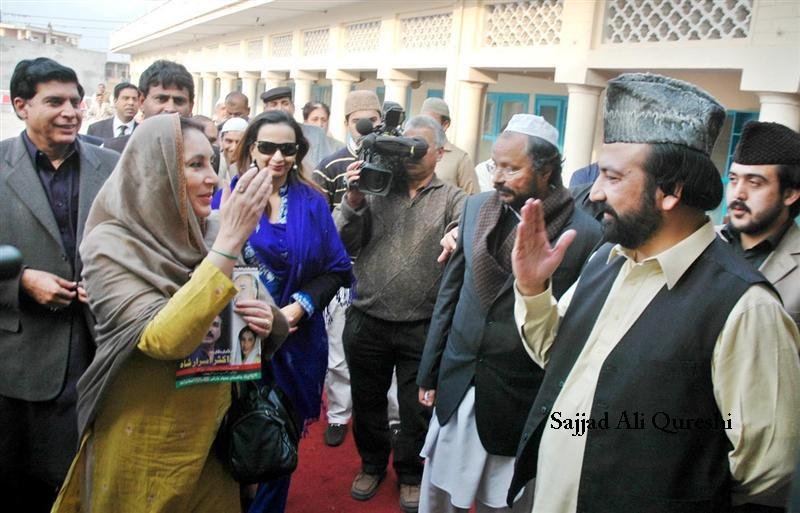
At 6:16 p.m., exactly one hour and six minutes after the attack, the doctors officially declared that Benazir Bhutto was no longer alive.
After the doctors declared her dead, all male staff members were asked to leave the operating room. The female medical staff then began to clean Benazir Bhutto’s body and carefully dressed the wound on her head. They removed her blood-stained clothes and replaced them with clean medical garments.
On her death certificate (No. 202877), the cause of death was written as:
“To be determined by post-mortem examination.”
Benazir Bhutto — Pakistan’s first female prime minister, a symbol of hope and resistance — was gone. But the questions surrounding her death remain unanswered to this day.
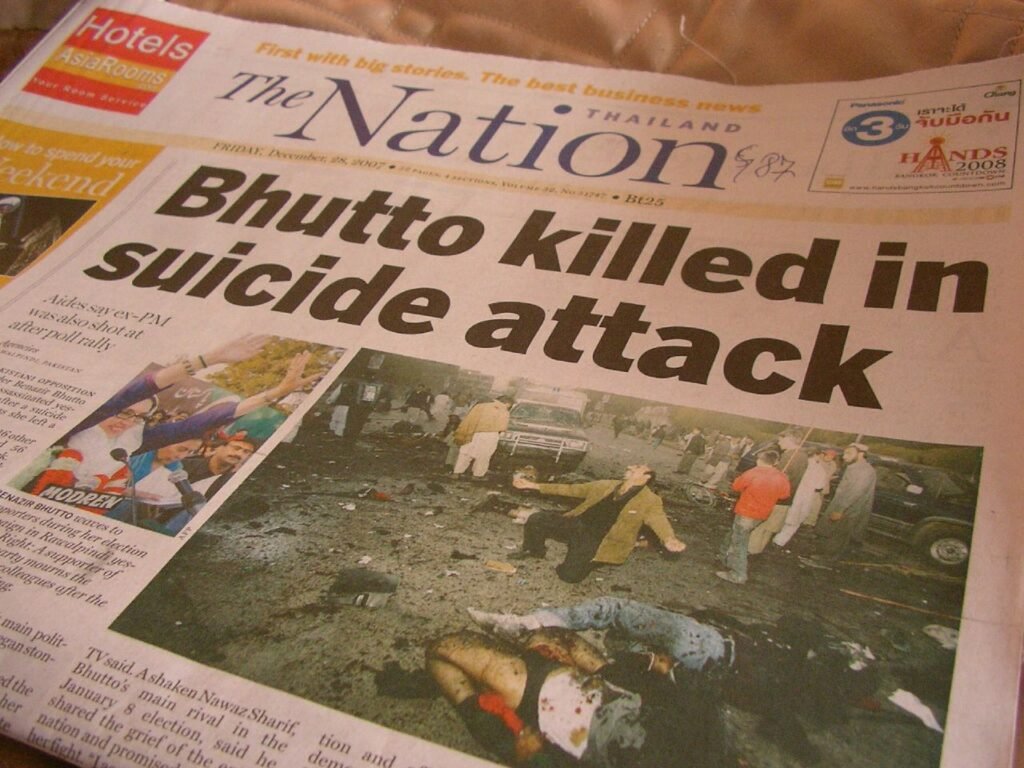
Books and References Used
- Owen Bennett-Jones, The Bhutto Dynasty: The Struggle for Power in Pakistan (New Haven, CT: Yale University Press, 2020),
- Owen Bennett-Jones, “The Assassination,” Owen Bennett-Jones, accessed October 7, 2025, https://owenbennettjones.com/publication/the-assassination/
- Heraldo Muñoz, Getting Away with Murder: Benazir Bhutto’s Assassination and the Politics of Pakistan (New York: W. W. Norton & Company, 2013).
General Zia’s Military Coup 1977: The Night Zia Overthrew Zulfikar Bhutto’s Government

